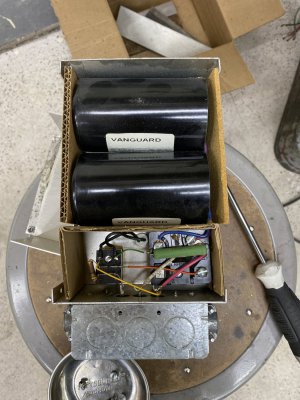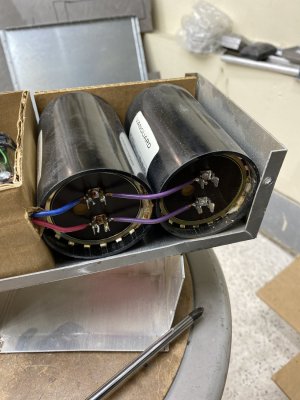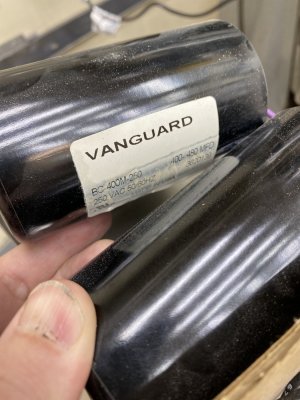- Joined
- Sep 25, 2014
- Messages
- 1,111
Your question sort of opens a can of worms. The answer is “well it depends on . . . .”. Plenty of views and opinions. All the views presented above are good. Some considerations to include are how comfortable you are with electrical systems, or what resources can you access to assist you? All the options require that something be wired up. How many 3 phase motors are you running? If the mill only has the one main motor (i.e. does not have a 3 phase feed motor), then the VFD becomes simpler than if you needed to power it as well (the VFD is not a whole machine power source, it is only for one motor). Do you have, are you planning to have other 3 phase equipment? Certainly you can put a VFD onto each 3 phase motor - but if you have (intend to have) a bunch of 3 phase machines, then converting them to VFDs, or to single phase motors is a chore - that with one phase converter is “one and done”, just keep plugging more machines in. I probably have 20 3 phase motors across the fleet, a bunch of VFDs makes no sense. I have converted two machines to VFDs for shop wiring and layout convenience - and I got the VFDs for free (and I am comfortable with doing the wiring on about any machine power options).
The right answer depends on you. Let us know how you make out.
The right answer depends on you. Let us know how you make out.
Last edited:





